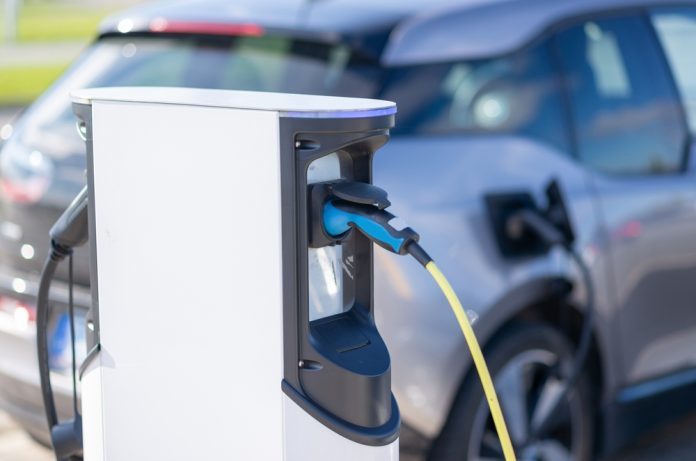Electric vehicles have seen varying levels of adoption in the U.S., with sales often depending on local factors, including infrastructure, population density, and income levels.
Recently, automotive data analytics platform iSeeCars.com identified which metro areas in the U.S. are best suited for electric vehicles, as well as those with the least favorable conditions, giving the industry important insights into the local dynamics impacting the market.
Thanks to the efforts of charging companies, automakers, dealers, and lawmakers, North America, as a whole, has become more accepting of electric vehicles over the last year, but some areas have adapted faster than others. The rapidity with which regions have scaled their local charging infrastructure has been especially mixed. Los Angeles has acquired, by far, the most public chargers, operating 21,537 outlets in 2023. In second place and third place are San Francisco and New York City, which operate 15,874 and 8,903 units, respectively.
Meanwhile, southern states have been among the slowest to increase charging installations. Louisville had the fewest units out of all regions examined by iSeeCars in 2023, operating just 412 outlets. Birmingham and Milwaukee were only marginally better, owning only 428 stations and 455 stations, respectively.
However, while station counts differ between regions, charging availability depends primarily on the actual number of drivers within the area. As such, a city with few chargers and few car owners may actually meet the long-term needs of its residents better than one already faced with massive supply but equally massive demand. While Los Angeles has the most units by far, it has only one charger for every 724 residents, making it the third most friendly area for electric vehicle drivers. The best place for one to operate such cars is actually San Francisco, which only has 412 residents per charger.
On the other hand, the Milwaukee, Birmingham, and Cleveland-Akron areas had the worst resident-to-charger ratios in the U.S., with 4,230, 3,936, and 3,906 units per driver, respectively. Louisville, despite having the fewest stations, came in fourth from last place in terms of electric vehicle friendliness, operating one charger for every 3,807 residents.
Another important takeaway from iSeeCars.com’s study is that while certain cities are far less supportive of battery-powered cars than others, many of the areas with the lowest numbers of chargers also have the highest levels of growth. San Antonio, Houston, Birmingham, and Cleveland saw charger counts rise roughly 30% each in 2023 from the year before. In comparison, Los Angeles recorded only a 14.6% increase.
These data points illustrate the fact that, while electric vehicles can be an appropriate option for many drivers, their suitability depends heavily on where the buyer is located. This can help dealers guide customers to make the best choice possible for their needs. As time goes on, charger supply will only continue to grow, but until the U.S. sees a massive improvement in availability, the industry must be sure to advise consumers correctly during the sales process.



